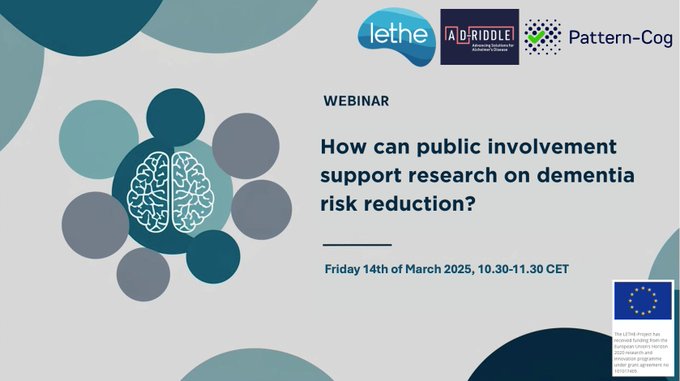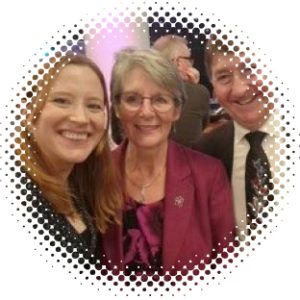In order to showcase the work we do in Pattern-Cog, European project funded by ERA PerMed, we caught up with Gazi Saadmaan Hossain, doctoral researcher, and asked him a few questions about his work, expectations and challenges.
- Please introduce yourself and tell us a bit about the institution/organisation you work for
I am a doctoral researcher at the University of Eastern Finland in Kuopio within the Nordic Brain Network (NBN). Our focus at NBN is on promoting brain health and conducting research into preventing cognitive decline and dementia. We operate across academic and clinical centers, emphasising collaborative research to enhance patient care.
My work centers on identifying individuals at risk of dementia by analysing neuroimaging, genetic factors, and clinical data. I initially joined NBN during my master’s studies in 2019 and have since been involved in various roles investigating the relationship between neuroimaging, genetic risks, clinical measures and the impact of multidomain lifestyle interventions on dementia risk.
- Could you elaborate on your research focus and how it relates to both Multi-MeMo and Pattern-Cog?
My research aligns closely with the goals of Multi-MeMo & Pattern-Cog, which seek to refine intervention models through lifestyle changes and medications by identifying those in the pre-symptomatic phase likely to develop mild cognitive impairment, evaluating personalised prevention prospects and intervention impacts. I focus on identifying risk groups that could benefit from these interventions, especially in anticipation of forthcoming anti-amyloid treatment drugs in Europe. For example, we have just published the first study investigating how genetic factors influence changes in neuroimaging markers (including amyloid accumulation) during a 2-year multidomain lifestyle intervention (http://doi.org/10.1002/alz.13843).
This will be further facilitated with the power of machine learning to develop predictive models from the Pattern-Cog project. Innovative concepts such as BrainAge score based on personalised ageing pattern compared to chronological age could be used to develop and validate new biomarkers and diagnostic tools for identifying individuals at risk of developing cognitive decline and dementia.
- Multi-MeMo and Pattern-Cog are two collaborative research projects. What have been your experiences working on such multinational interdisciplinary consortiums, and what do you perceive as the main challenges and opportunities?
My involvement in Pattern-Cog marks my first foray into projects utilising machine learning techniques in regards to cognitive decline. Collaborating with diverse teams has expanded my perspective, bringing fresh ideas and approaches. Pattern-Cog’s emphasis on predicting cognitive decline in healthy individuals rather than progression from mild impairment to dementia is pivotal for advancing therapeutic strategies. Similarly, Multi-MeMo, focusing on personalised interventions, represents a significant departure from conventional approaches to dementia prevention programmes.
These projects unite experts from various disciplines across Europe, fostering a multidimensional approach to tackle cognitive decline. By integrating neurology, machine learning, clinical practice and ethical considerations, we aim to develop practical and effective solutions. Personally, these projects offer both professional development and the opportunity to contribute meaningfully to addressing the challenges of aging and cognitive decline.

















